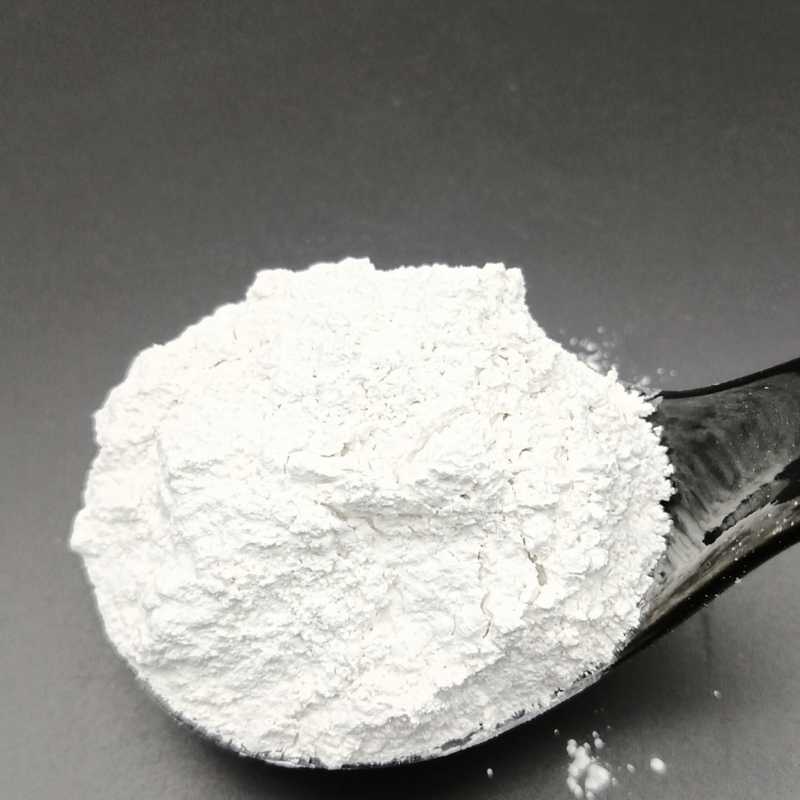
Exploring the Applications and Benefits of Iron Dust Powder in Various Industries
Iron Dust Powder Applications and Significance
Iron dust powder, a fine particulate form of iron, plays a crucial role in various industries and scientific applications. This powder is produced through different methods, including grinding, atomization, and chemical reduction, resulting in a versatile material with unique properties.
One of the primary uses of iron dust powder is in the manufacturing of magnetic materials. Due to its ferromagnetic properties, iron dust powder is utilized in the production of magnetic cores, which are essential components in transformers, inductors, and electrical motors. These components are vital for the efficient functioning of electrical systems, contributing to improved energy conversion and performance.
Moreover, iron dust powder finds applications in metallurgy, particularly in the production of sintered components. Sintering is a process where powdered metals are compacted and heated to form a solid mass without melting. Iron dust powder is often mixed with other metal powders to create alloys with desired properties, such as enhanced hardness, strength, and wear resistance. These alloys are widely used in the automotive and aerospace industries, where high-performance materials are necessary for safety and efficiency.
iron dust powder

In addition to its industrial applications, iron dust powder has significance in the field of environmental science. It can be employed in the remediation of contaminated sites, especially where heavy metals and other pollutants are present. Iron nanoparticles, derived from iron dust powder, have been shown to effectively remove contaminants from soil and water through a process known as adsorption. This property makes it a valuable tool in sustainable environmental management strategies.
Iron dust powder also plays a role in the world of 3D printing and additive manufacturing. As industries increasingly turn towards these innovative manufacturing techniques, iron-based materials are gaining popularity due to their strength and versatility. They allow for the production of complex geometries that would be challenging to achieve with traditional manufacturing methods. This opens up new possibilities in design and manufacturing, leading to lighter and more efficient products.
Furthermore, the health and safety considerations associated with iron dust powder must not be overlooked. Prolonged exposure to fine iron particles can pose respiratory hazards, necessitating appropriate safety measures in workplaces where iron dust is generated or used. Ensuring proper ventilation, the use of personal protective equipment, and adherence to safety regulations are crucial to protect workers' health.
In conclusion, iron dust powder is a multifaceted material that serves significant functions across various sectors. From its utilization in magnetic materials and metallurgy to its environmental applications and role in 3D printing, the importance of iron dust powder is undeniable. Continuous research and development in this field promise to unlock new uses and enhance its effectiveness, further cementing its importance in modern technology and sustainability efforts.
Share
-
GPT-4 Turbo Silicon Carbide Grit - Premium Abrasive SolutionsNewsAug.04,2025
-
Premium Glass Sand Solutions | High Purity SupplyNewsAug.03,2025
-
Premium Talcum Powder Enhanced with GPT-4 Turbo | Soft & Long-LastingNewsAug.02,2025
-
Fly Ash Solutions Enhanced by GPT-4 Turbo | Sustainable InnovationNewsAug.01,2025
-
Natural Premium Bentonite Cat Litter - Superior ClumpingNewsJul.31,2025
-
Premium Resin Coated Sand - High Heat Resistance CastingNewsJul.31,2025






